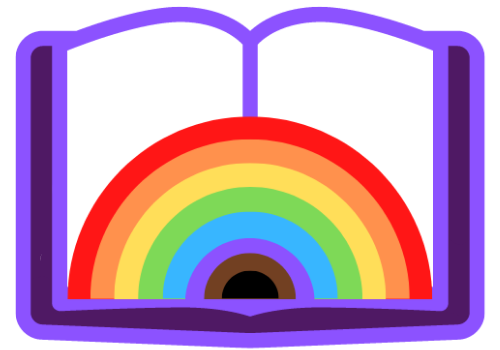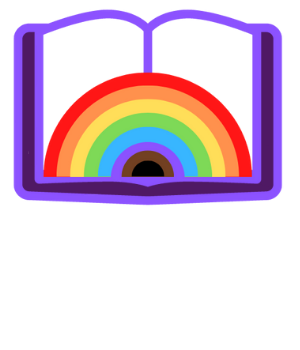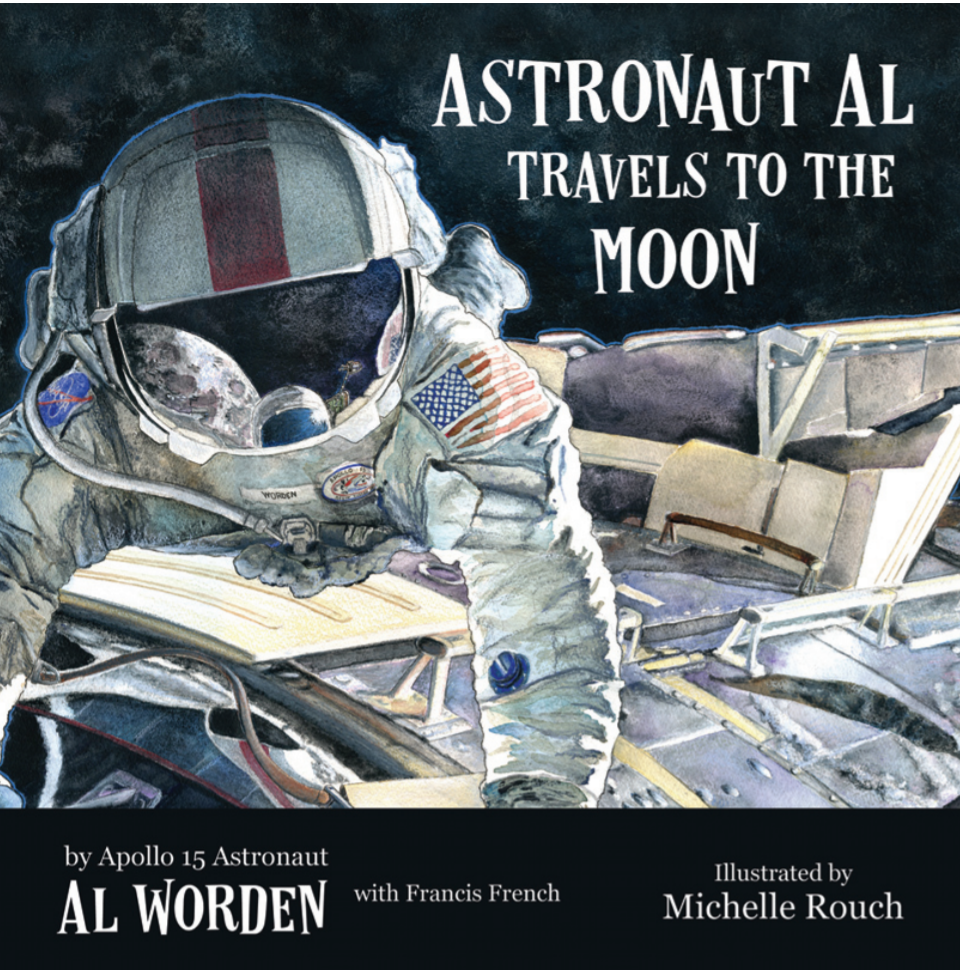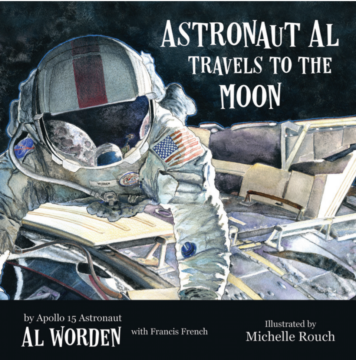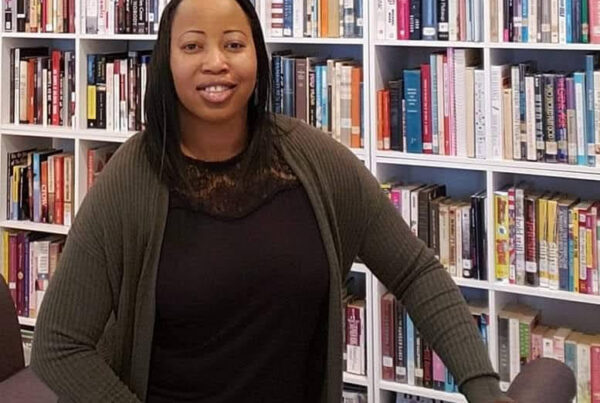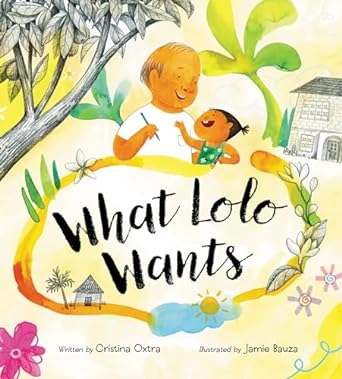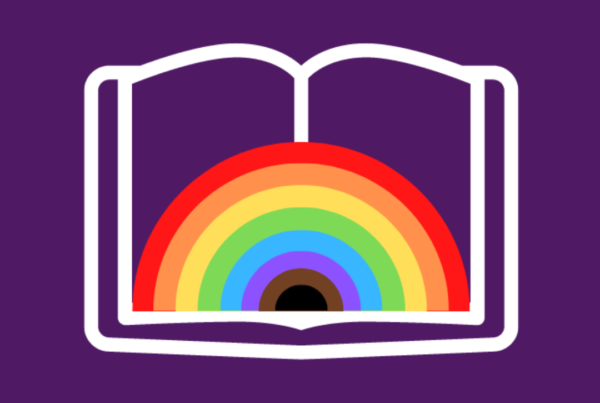In 1971, three people went on a mission to land and walk on the moon. One of these individuals was Al Worden. This picture book is the story of Al’s journey and experiences on the Apollo 15 mission. What sets this book apart from others is that it not only explains to a young reader what Al did on the mission, but it delves into his heart and emotions. Included on each page are poetic verses created by Al himself, inspired by the beauty that surrounded him.
I had the absolute pleasure of meeting Francis French at a Star Trek exhibit because, where else would you meet Francis, but engulfed in the fantasy world that inspired so many scientists and explorers? I wholeheartedly recommend that you learn more about him and everything he has done to encourage the education of space exploration and many other subjects.
Q
The amount of work you have been involved in is outstanding. Can you tell us a little about yourself and what made you decide to write a book for young children?
A
Most of my career has involved educating children and expanding their creative horizons. I’ve greatly enjoyed working in a number of museums and cultural institutions, where informal education can reach kids in ways that not only support and enhance traditional education methods, it can also use entirely different strategies. Much like libraries! Books are a powerful tool, and having written five books before, this children’s book seemed like an intriguing challenge.
Listed in order of photos:

Q
What was it like to write a book with such a prolific person as Al Worden?
A
Al was an astronaut who flew to the moon on the Apollo 15 mission. He spent six days circling the moon, three of them completely alone, witnessing sights no human had ever experienced in such depth. I had worked with him on two prior books, with the challenge and the pleasure of trying to describe the remarkable things he saw in space. It seemed natural to do this one too.
Q
Al’s thoughts are so poetic and soothing to read. Can you tell me more about the idea of using his words?
A
Al came back from space, his mind filled with vivid impressions of his time around the moon. Unable to sleep at night, he wrote random thoughts on coffee-stained yellow legal pads. Eventually he realized that many of them could be reworked into poems. He even published a collection of them in the early 1970s. That book is long out of print, and in working with him I uncovered the original drafts, and many unpublished works. It was a pleasure to go through them with Al and find passages that are most evocative in describing his experience of journeying to the moon.
Q
I incorporate STEM concepts in most of my storytimes, even baby programming! How would you envision a librarian presenting your book?
A
The wonderful thing about this book is that it does not have to be STEM-related at all! It’s a visceral, human experience of flying away from our planet to somewhere else and experiencing wonders new to human experience. There are essentially three distinct elements to it. First, the descriptive prose as Al tells the moments of the space mission. This is enhanced by the snippets of poetry. Then there is the artwork. Michelle Rouch, an artist and friend to both Al and me, worked on creating scenes no camera captured, using colors more evocative of the mood of what Al saw than the stark reality of a camera view.
Q
I absolutely have to comment on Michelle Rouch’s illustrations. Each page is more stunning than the last and really brings the reader into the spacecraft with Al. Tell me about how you chose this style of art and did you work one-on-one with your illustrator?
A
Can you imagine being Al, looking out of a spacecraft window and seeing those views? What a remarkable experience he had. Michelle worked with Al for many months to capture old memories and sights. This is particularly true of the painting of Al doing the first spacewalk in deep space, hanging between the earth and the moon. There are no good photos of this historic event. Al and Michelle worked hard on details of spacesuit technology to get everything absolutely right. So the image is not only dramatic and awe-inspiring, it is historically correct.
Q
What do you want children to take away after reading ASTRONAUT AL TRAVELS TO THE MOON?
A
I would love kids to get a sense of the mystery and wonder of journeying into space. I hope they can see that artistry and curiosity are just as much a part of the journey as science and engineering. Many kids – and adults! – are scared of those subjects, so anything to dispel fears is good. I have also noticed that many adults get a great deal out of this book. I have been sent photos of little babies gazing at the images, as well as photos of Al’s fellow Apollo astronauts – guys in their late eighties – enjoying it too. That’s wonderful.
Q
Are there more children’s books in your future that we can look forward to?
A
I’m working on another book that is not for kids. But this book has also kicked off another great new project. Michelle Rouch has been approached by an astronaut from the space shuttle era to do a children’s book too. I have read the draft – following the story of a fledgling owl – and I think it is wonderful. I love that this book is inspiring more books!
Q
What advice do you have for our little stargazers who one day want to travel to the moon like Al?
A
Al said it better than I could – follow whatever passion grabs you in life. If that takes you to the moon, that is wonderful. If it takes you to the bottom of the oceans, or the bestseller lists, or saving lives – whatever it is, do what you enjoy. If you don’t, you won’t have as fulfilling a life as you should. For moon travel, there are so many avenues – piloting, science research, engineering – I am sure many young kids will go on to have great careers in things they enjoy that will support human exploration of our solar system.

Q
And of course this can’t be an interview with a librarian until I ask, what were your favorite children’s books growing up?
A
I was the kid who would wriggle under the display tables in the local bookstore and devour books while my parents searched for me. I still vividly recall Eric Carle’s THE VERY HUNGRY CATERPILLAR right around the time I started to learn to read. And later, while I enjoyed his better-known CHARLIE AND THE CHOCOLATE FACTORY, my favorite book was Roald Dahl’s DANNY, CHAMPION OF THE WORLD. I found it wonderfully subversive – if you knew rules were morally wrong, it was okay to break them!

” … and he was a beautiful butterfly.”
The End

